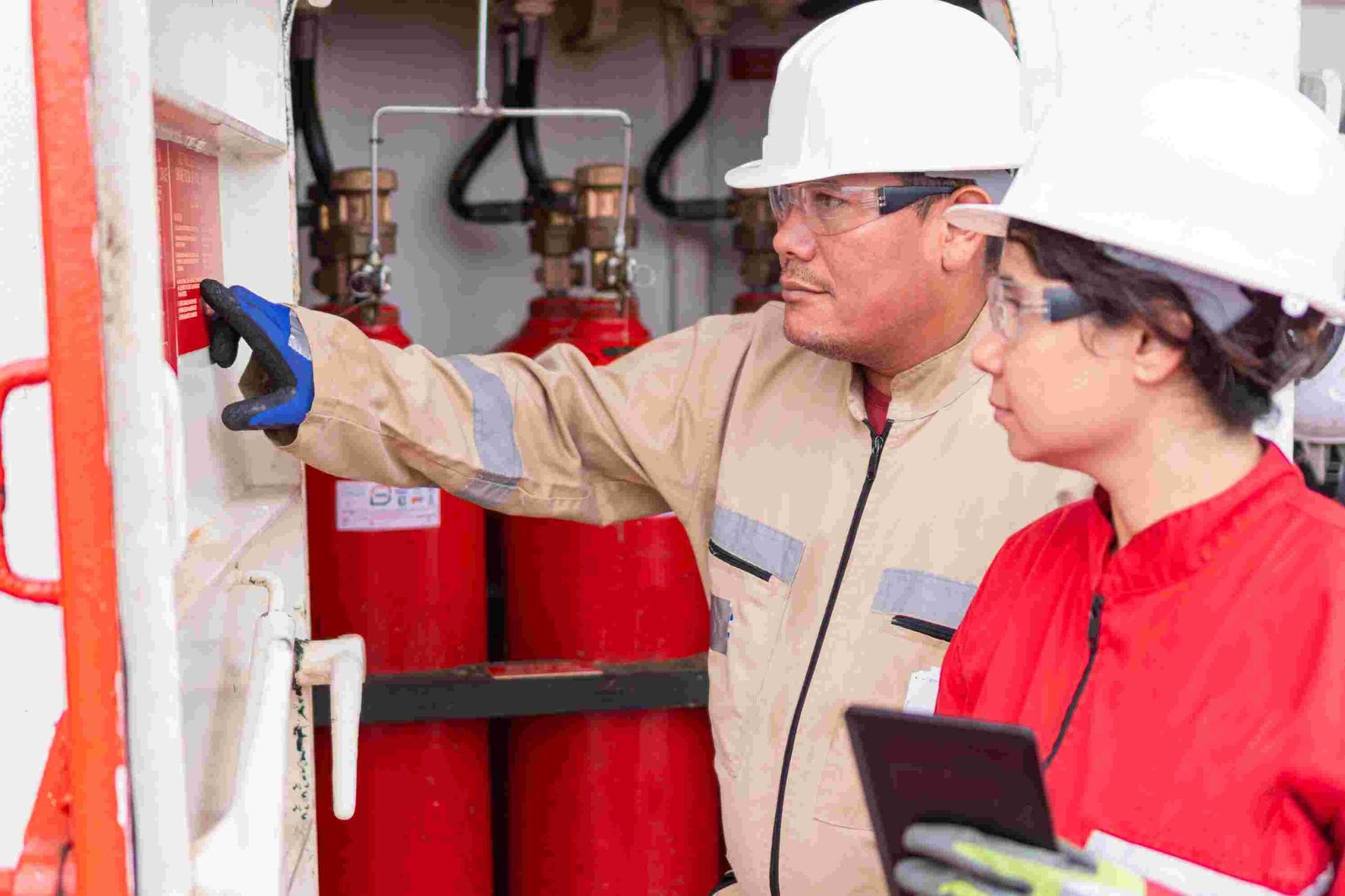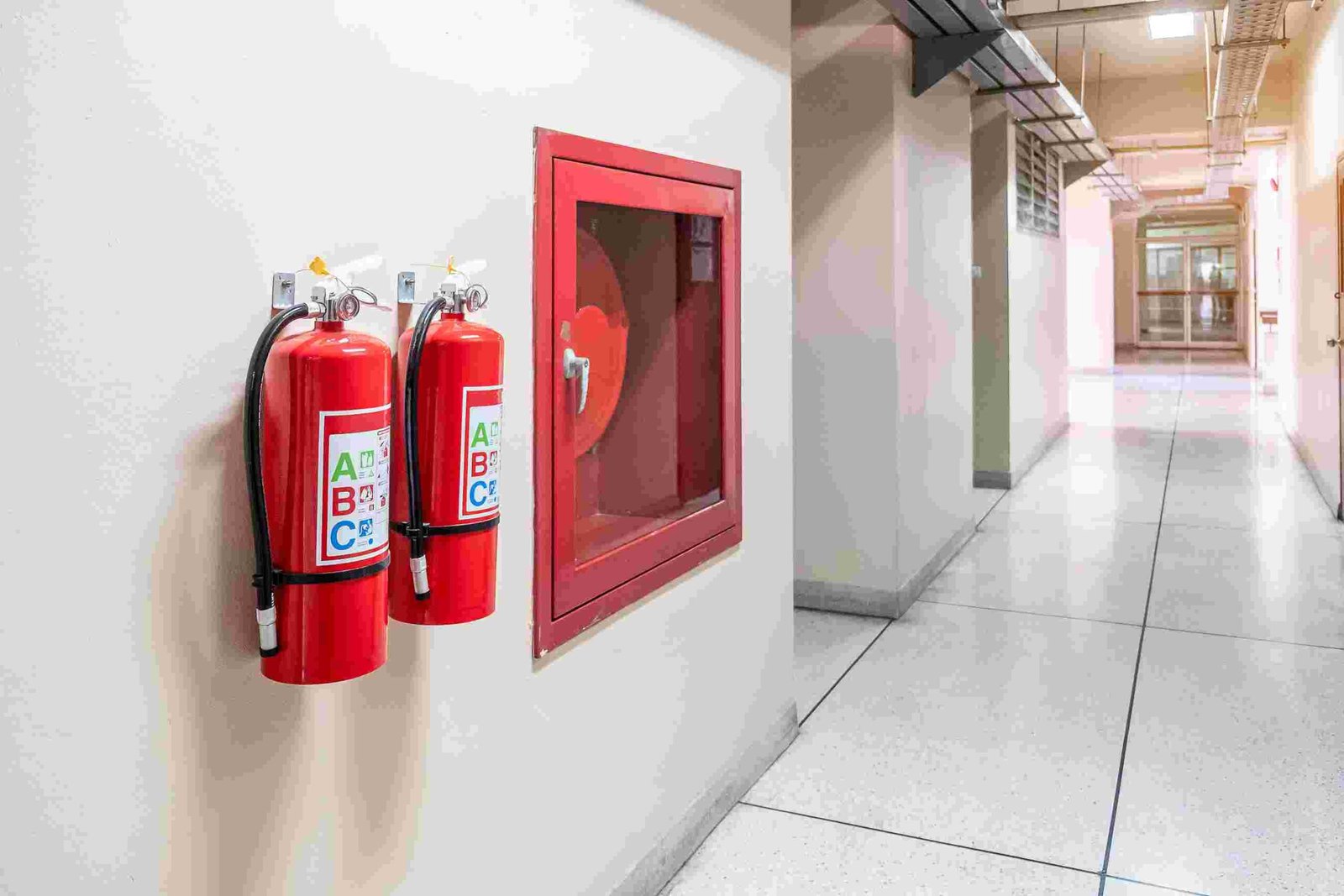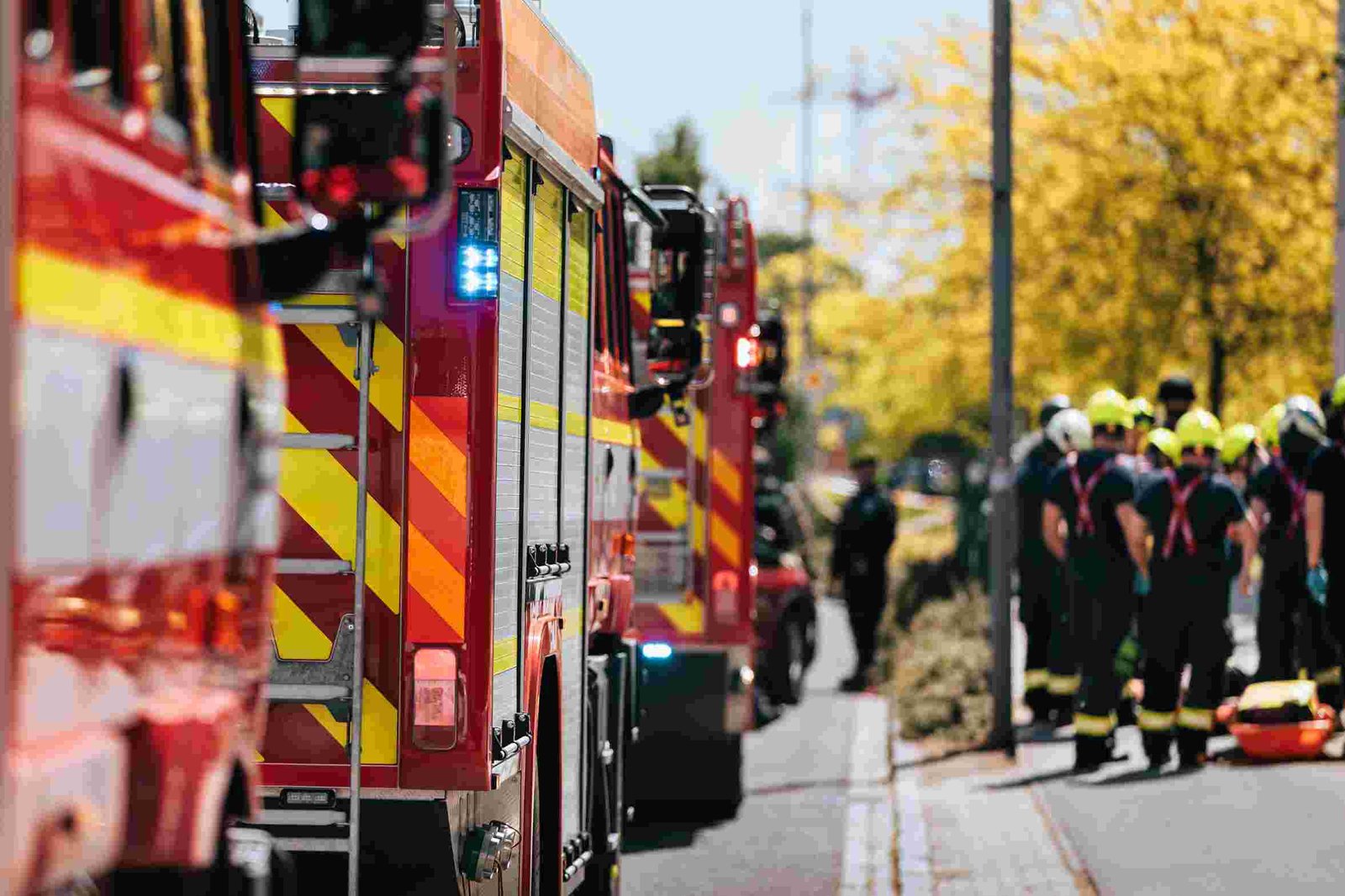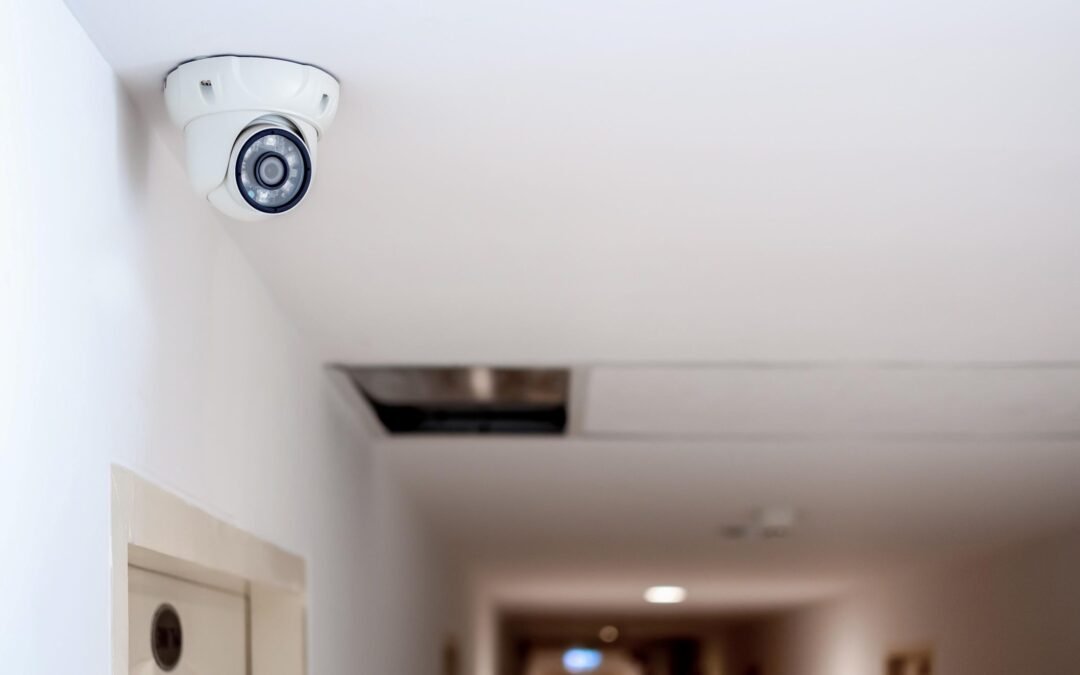
What’s the Real Cost of Business CCTV in Kent, Surrey, and Sussex?
If you’re looking at CCTV for your business in the South East, you’re probably wondering about the bottom line. A business CCTV system can cost anywhere from around £1,000 for a basic setup to over £15,000 for a large, complex installation. But the final price depends on much more than just the camera count.
As a business owner in Kent, Surrey, or Sussex, you need real numbers—not vague promises. A good CCTV system isn’t an off-the-shelf product. It must be tailored to your building and unique security challenges.
This guide breaks down the real factors that influence CCTV costs, including hidden expenses many businesses overlook. The aim is to help you make a smart, long-term investment in your security.
What Am I Actually Paying For?
Several key factors affect the total cost of a CCTV system. These include:
- Camera types
- Installation complexity
- Footage storage
- Coverage area
- Maintenance and compliance
What Type of Cameras Do You Need?
The type of camera has a major impact on cost. Modern IP cameras cost more than analogue, but their image quality and features save money over time.
| Camera Type | Details | Best For |
|---|---|---|
| Dome | Discreet indoor cameras, often ceiling-mounted. | Shops, offices, indoor areas. |
| Bullet | Visible deterrent, mounted on walls outdoors. | Outdoor perimeters, entrances. |
| PTZ | Pan, tilt, zoom capability—covers wide areas. | Car parks, warehouses, large sites. |
How Complex Is the Installation?
Installation costs vary widely. Running cables in a modern Crawley office is simple. For listed buildings in Surrey, we must work carefully around heritage structures, which takes more time. Rural Kent farms may need trenching or wireless solutions. Coastal Sussex sites require marine-grade housings to withstand salt air.
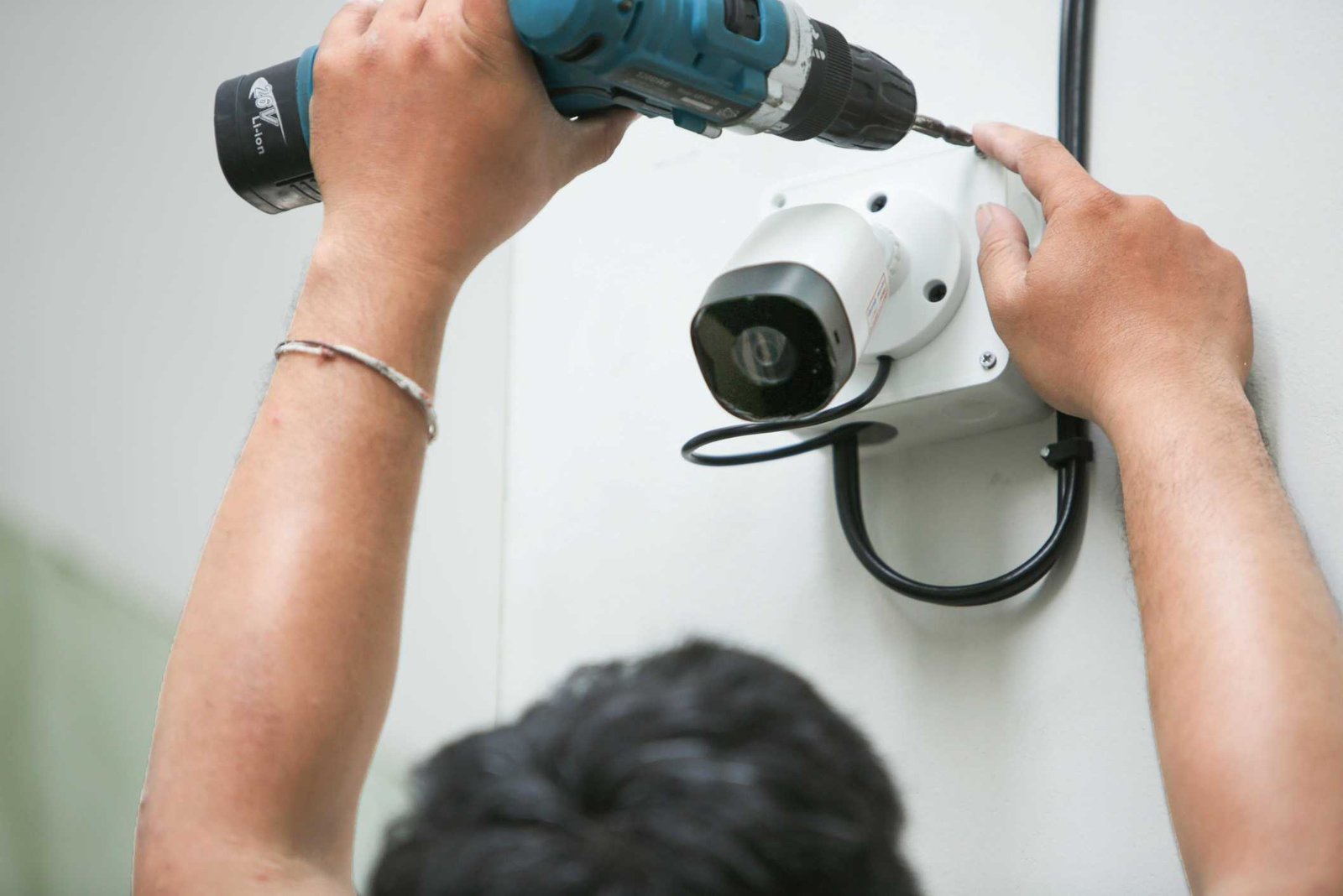
Where Will You Store the Footage?
You have two main storage choices:
| Option | Pros | Cons |
|---|---|---|
| NVR (On-site Recorder) | One-time cost, no ongoing storage fees. | Vulnerable to theft, fire, or damage. |
| Cloud Storage | Safe off-site, accessible anywhere. | Recurring monthly/annual fees (£20–£200). |
How Many Areas Need Coverage?
A small Tunbridge Wells café may need just 2–4 cameras, while an industrial unit in Maidstone could need many more. A professional site survey ensures optimal camera placement and prevents overspending.
Real-World CCTV Price Examples
| Business Type | Setup | Estimated Cost |
|---|---|---|
| Small Business (Shop in Guildford) | 2–4 HD cameras, NVR storage | £1,200–£2,500 |
| Medium Business (Maidstone office/workshop) | 5–8 cameras for entrances, offices, car park | £2,500–£5,000 |
| Large Site (Industrial unit in Sussex) | 8–16+ cameras with advanced features | £5,000+ |
Get a Clear CCTV Quote Today
Getting the right CCTV system isn’t about spending the most or least—it’s about finding a smart solution that truly protects your business. The only way to know the real cost is with a professional site survey.
Learn About CCTV SystemsPhone: 0203 189 1960 | Address: Triple Star Fire & Security, Unit 2, Murray Business Centre, Murray Road, Orpington, Kent, BR5 3RE



